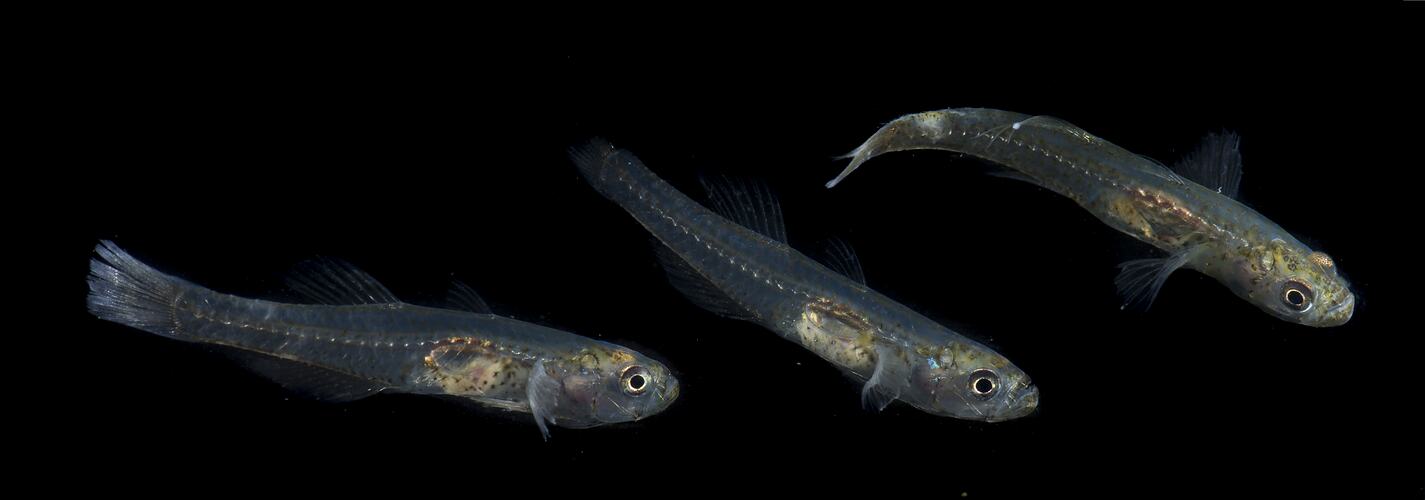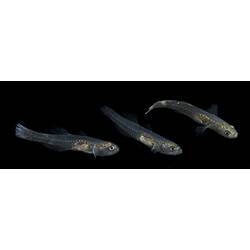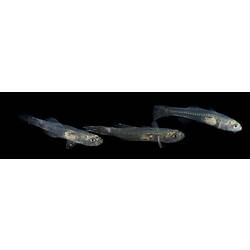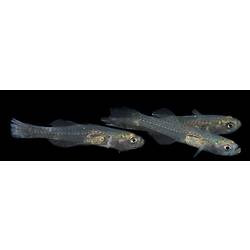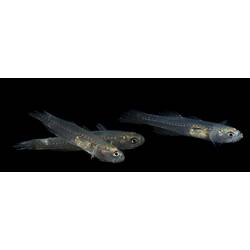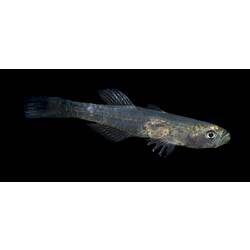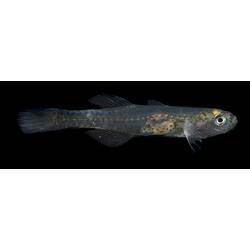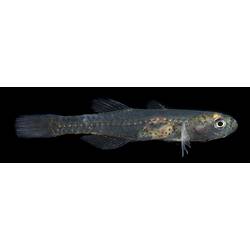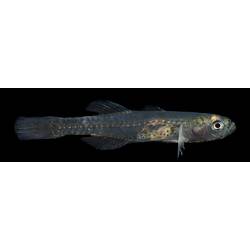General Description
Small transparent fishes with slender compressed bodies, a rounded head and an almost vertical mouth; pelvic fins minute, fused. Males and females are sexually dimorphic - males with large, flattened teeth, females with minute, conical teeth. Transparent with small scattered spots, and a series of tiny black spots along anal fin base to tail. To 3.5 cm, rarely longer than 2.5 cm.
Biology
Glassgobies often form large schools in estuaries and in the upper reaches of bays, often entering freshwater. They are rarely seen due to their small size and transparent bodies, and are often mistaken for larvae.
Distribution
South-eastern and eastern Australia.
Habitat
Subtropical and temperate waters, in estuaries and bays.
More Information
-
Animal Type
-
Animal SubType
-
Maximum Size
3.5 cm
-
Endemicity
-
Commercial
No
-
Conservation Statuses
DSE Advisory List: Not listed, EPBC Act 1999: Not listed, IUCN Red List: Not listed
-
Depths
Shallow (1-30 m)
-
Water Column Locations
On or near seafloor
-
Taxon Name
-
Scientific Author
(Munro, 1949)
-
Common Name
Glassgoby
-
Kingdom
-
Phylum
-
Subphylum
-
Superclass
-
Class
-
Order
-
Family
-
Genus
-
Species Name
semivestitus
